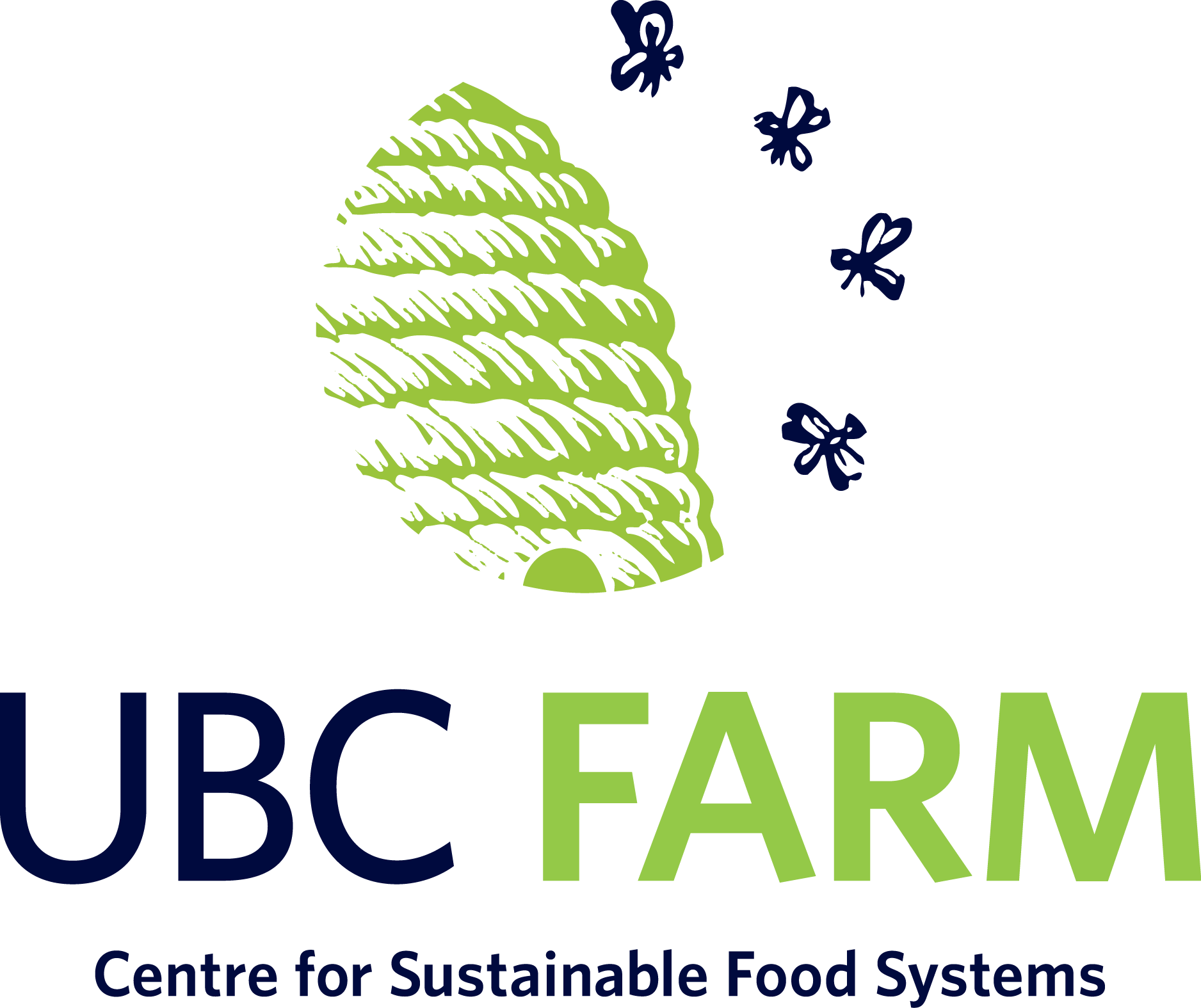Growing Organic Small Grains in South Coastal BC: Comparing Heirloom and Commercial Cultivars
Source
This brief is based on research that has been published in a peer-reviewed journal.
Introduction
Nearly 65 per cent of Canada’s 3,500 organic farms grow cereal crops, including mainly wheat and barley as well as legumes and oilseed crops. The demand for organic small grains is increasing, but one of the challenges in meeting this demand is attributed to the lower yields in organically managed fields than those of conventionally grown grain crops.
The Vancouver Island and south coast regions of British Columbia (BC) have mild temperatures suitable for the planting of cereals as a spring crop. Rainy conditions and relatively poor quality varieties (or cultivars) have given spring grain production a bad reputation among farmers here. Now, however, recently developed or new-to-the-area varieties or cultivars of cereals and grain legumes are available. The potential of these crops have not been well studied in this area, though in one Canadian study maximum yields were higher on organic farms than long-term conventional averages, highlighting the potential for successful organic grain production in Canada.
This research aims to provide organic farmers and producers in this area with the necessary information to make well-informed decisions as to which small grain cultivars to grow under low-input conditions. Low-input farming uses no externally sourced nutrients or synthetic fertilizers. This study was conducted in 2010 to compare heirloom and commercial cultivars of major cereals and grain legumes at the Centre for Sustainable Food Systems at UBC Farm, at the University of British Columbia in Vancouver, BC.
Cereals tested: wheat and barley
Legumes tested: pea, fava bean, kidney bean, lentil and soybean
The complete list of cultivars tested can be found at the research article's link included below.
The objectives were:
-
To compare the plant performance of commercial and heirloom cultivars of cereals and legumes grown under organic standards
-
To assess disease susceptibility among cultivars grown under organic standards
Research Process
Researchers tested 19 wheat, 17 barley, five pea, five fava bean, five kidney bean, two lentil, and two soybean cultivars. Seeds were cleaned and weighed prior to planting. The plot layout was alternated between wheat, barley and legumes. Cereals were sown using a hand seeder, and legumes were sown by hand. All cultivars were provided with the same level of management. No external fertilizers, pesticides or fungicides were used. Plots were watered with a timed sprinkler irrigation system.
To evaluate plant performance, data were collected for height, number of effective heads, days to harvest, spike length, number of spikes, seeds per spike, seed yield, seed weight, and yield. To evaluate disease resistance, observations were made on the amount of weeds, insect pests, and disease damage (Figure 1).
Figure 1. Disease assessment score and severity of damage.
Results
Plant Performance
Wheat
In general, heirloom wheat cultivars performed better compared with commercial cultivars, including taller plants, longer spikes, greater number of spikes, greater number of seeds per spike, and greater seed weight. Heirloom cultivars matured one to four weeks later and showed greater weight to volume ratio compared to commercial cultivars. However, there were significant variations in yield among heirloom wheat cultivars. Commercial cultivars “Scarlet” and “Norwell” appeared to be greatest in terms of grain yield.
Barley
Heirloom and commercial barley cultivars did not differ in plant performance. However, a notable difference was observed in maturity times between hull-less and hulled cultivars, with the hulless-types maturing one to two weeks earlier than the hulled-types. There were significant variations in yield among heirloom barley cultivars.
Legumes
Pea and lentil yielded lower than the national average under trial conditions. Fava and soybean appeared as promising crops as the cultivars produced good growth and yields. As a seed crop, soybean, fava bean and kidney bean require early planting between late April to early May. Also, lentil appeared to be sensitive to the low temperatures experienced during the end of the season, making them inappropriate for late-spring planting. The variation in plant performance observed between the different legume cultivars reveal great potential for specific cultivars to be effectively used in an intercropping system.
Intercropping
Most of the barley cultivars matured two to four weeks earlier than the wheat cultivars, making barley more appropriate to be integrated with pea and lentil for combined harvesting. Hulless barley showed to be best suited with early pea and lentil, while hulled barley could be integrated with mid to late cultivars. Early wheat cultivars showed possibility with late peas, whereas late wheat appeared to be best suited to fava beans, kidney beans, and soybeans.
Disease Resistance
The most prevalent diseases encountered were Stripe Rust and Septoria Leaf Blotch. Most commercial plots started showing infection near the end of June, and were generally susceptible to Stripe Rust. Heirloom wheat cultivars displayed intermediate to high disease resistance compared with commercial cultivars, including notable resistance to Stripe Rust. As well, both hulled wheat and barley cultivars displayed strong resistance to Stripe Rust. Despite weed pressure, wheat and barley plots with moderate to good plant density grew well.
About this research
This research was part of Dr. Chapagain’s PhD dissertation.
This brief is based on the following journal article:
Key Findings
Wheat: Heirloom cultivars showed potential in plant performance and disease resistance, though the different heirloom cultivars varied greatly in yield. Commercial cultivars “Scarlet” and “Norwell” produced highest yields.
Barley: Heirloom and commercial barley cultivars were similar in plant performance, though different heirloom cultivars varied greatly in yield.
Legumes: Fava and soybean appeared as promising crops as they produced good growth and yields. Variation in legume plant performance reveals potential for an intercropping system where different plants are grown together.


